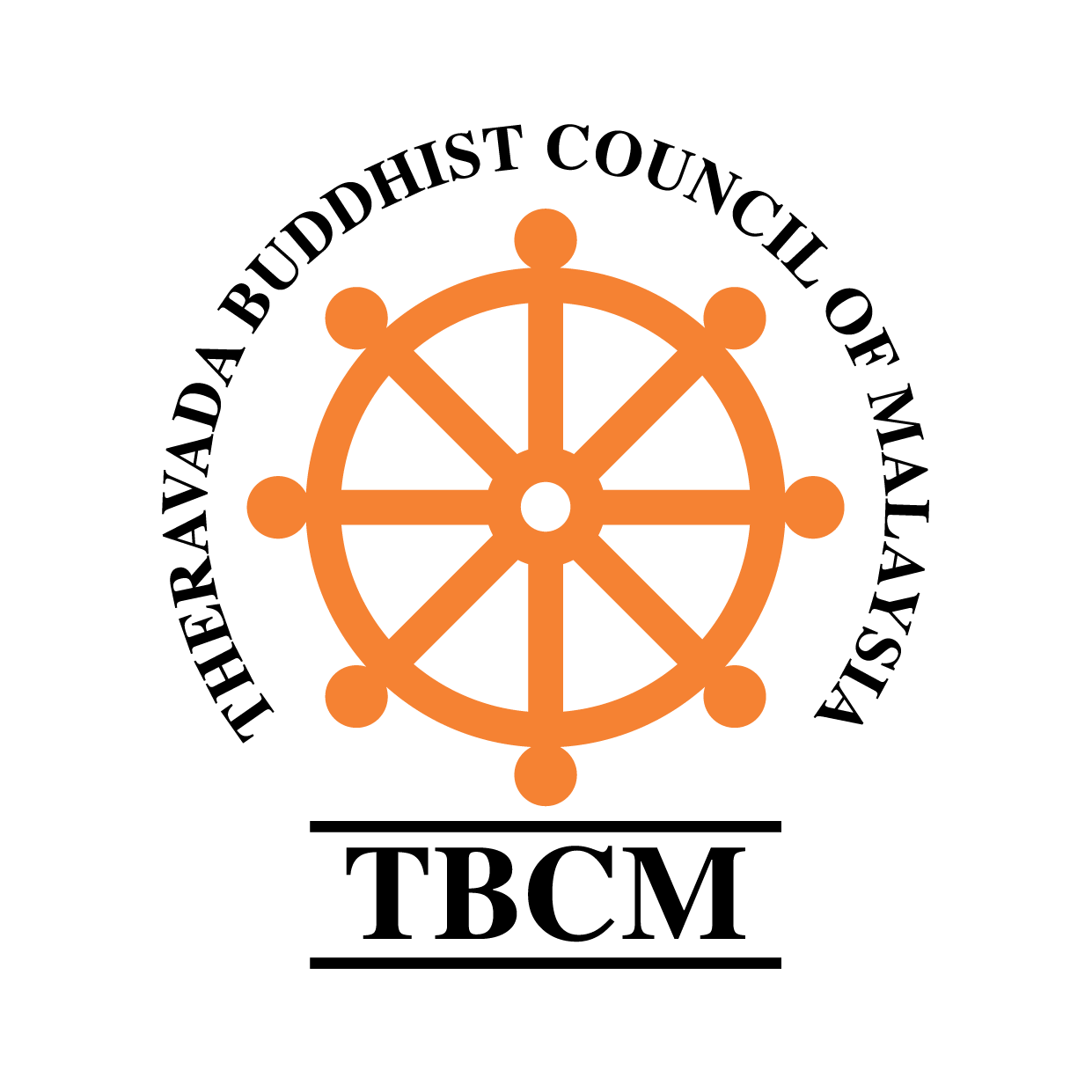Theravada Buddhist Council of Malaysia












Majjhima Nikāya
The Middle-length Discourses
The Majjhima Nikāya, or "Middle-length Discourses" of the Buddha, is the second of the five nikāyas (collections) of the Sutta Pitaka.
This nikāya consists of 152 discourses by the Buddha and his chief disciples, which together constitute a comprehensive body of teaching concerning all aspects of the Buddha's teachings.



Dīgha Nikāya
The Digha Nikaya, or "Collection of Long Discourses" (Pali digha = "long") is the first division of the Sutta Pitaka, and consists of thirty-four suttas, grouped into three vaggas, or divisions:
Silakkhandha-vagga — The Division Concerning Morality (13 suttas)
Maha-vagga — The Large Division (10 suttas)
Patika-vagga — The Patika Division (11 suttas)

Sutta Piṭaka
The Basket of Suttas
The Sutta Piṭaka, the second division of the Tipiṭaka, consists of more than 10,000 suttas (discourses) delivered by the Buddha and his close disciples during and shortly after the Buddha's forty-five-year teaching career, as well as many additional verses by other members of the Sangha. More than one thousand sutta translations are available on this website.

Vinaya Piṭaka
The Basket of the Discipline
The Vinaya Pitaka, the first division of the Tipitaka, is the textual framework upon which the monastic community (Sangha) is built. It includes not only the rules governing the life of every Theravada bhikkhu (monk) and bhikkhuni (nun), but also a host of procedures and conventions of etiquette that support harmonious relations, both among the monastics themselves, and between the monastics and their lay supporters, upon whom they depend for all their material needs.



